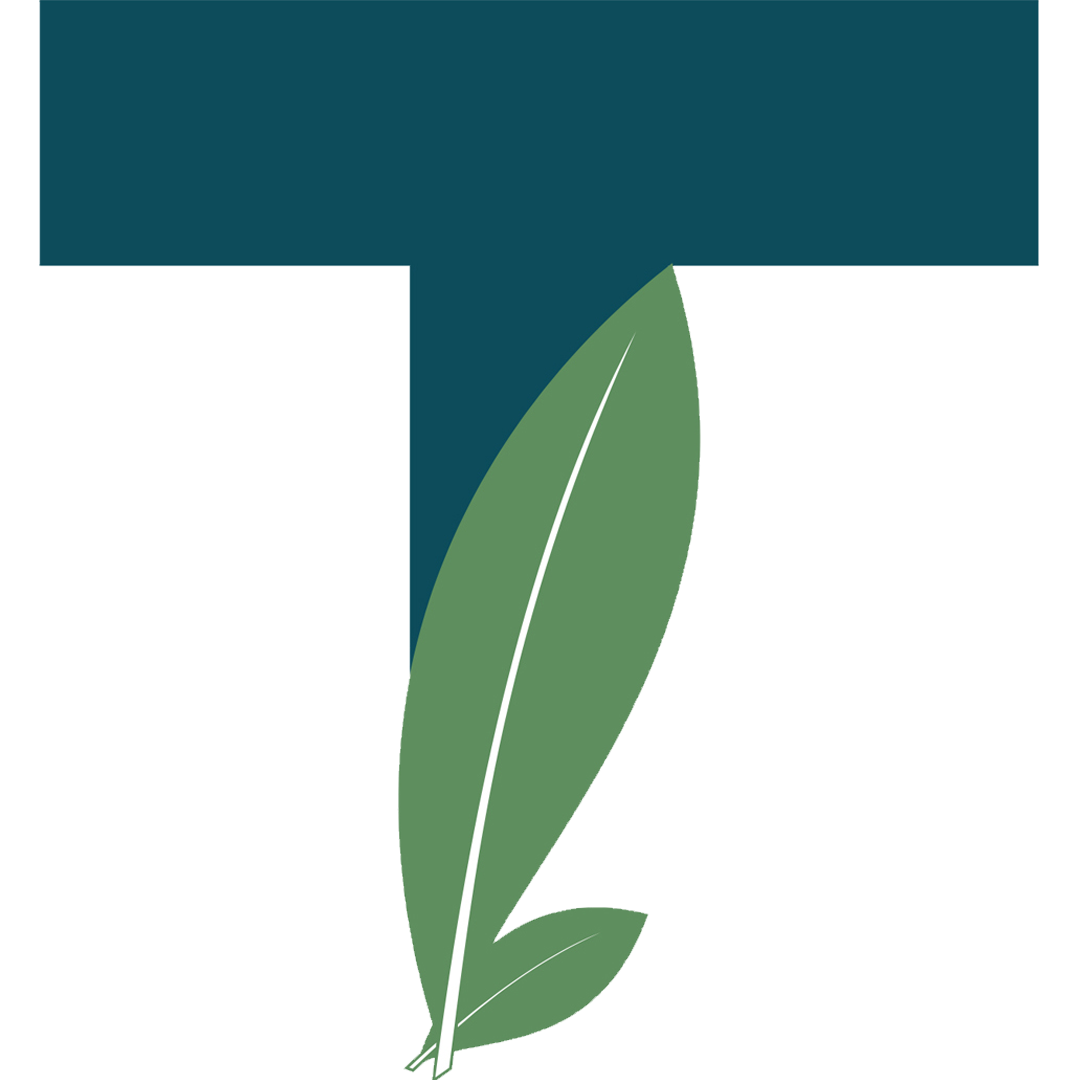I had one of my most interesting conversations about consciously manipulating gender expectations in 2015 during a research trip with a colleague. Over terrible coffee and hotel-buffet mohinga, my colleague, a fierce Kachin woman, was telling me about how she chose her clothes for an interview based on what she wanted to convey. She wore htameins* when interviewing older men, so they would see her as less threatening and maybe be more unguarded. She wore more modern, less modest clothes when interviewing younger women, to show them that you can be a successful, professional woman without sticking to society’s expectations of you. Then I shared my own ‘dressing strategy’ – wearing a htamein when I want to demonstrate that I am making an effort to see things from a Myanmar interviewee’s point of view – walk a mile in their clothes, if you would. We spoke about the nuances of each choice, and our mixed feelings of putting on a show of fitting into a certain gender role as an interviewing strategy. Then we left for the interview, both holding up our htameins to avoid them getting muddy in the parking lot. After all, we were going to interview an older, male politician.
This conversation, and so many others like it, reminds me of the particular intricacies of being a female researcher. Sometimes we can use these intricacies to our advantage. We can be strategic in our clothing choices and how we act to encourage interviewees to be more open with us. At other times, though, being a woman conducting research can bring out more risk and create more obstacles. Meeting a source in a private setting, great for confidentiality, is sometimes a risk too far because it also puts the female researcher at risk of unwanted advances and sexual violence. Cultural norms can also prevent men from feeling comfortable talking to us in private.
Doing research can be quite risky for women – meeting strangers in private places, challenging the status quo of society and politics even just by asking questions that people would prefer remain unasked. Once a woman has children, it can be much harder for her to go off on research trips, especially in contexts like Myanmar where women are responsible for almost all the childcare and household work. Relying on family members for multiple days of childcare in a row gets difficult for all involved, so many women reduce their travel once they have children. Women in civil society in general also face gendered and sexually-based harassment and threats on social media when they speak out. They may also face sexual harassment and violence if they end up in the legal system. While doing research for a report I worked on for Progressive Voice last year, I heard from many young women about the harassment and dismissal they faced at police stations in Myanmar simply trying to give notice as required by law in advance of a planned public assembly. But in that case also, those same women used and subverted gender roles and expectations to carry out their work, including trying to make their plans seem less threatening – and thus less worthy of police interference – and by placing women in strategic locations during one protest in the hopes that the bad optics of police beating young women would help prevent a violent crackdown.
As a white, Western woman, gender roles and expectations affect me differently when I do research in Myanmar and elsewhere in Southeast Asia. In some ways I get a freer pass from compliance with gender norms – when I wear a traditional htamein it’s seen as something extra, not simply meeting the bare minimum for decency and professionalism. On the social hierarchy that determines the flow of so many social and professional interactions, my Western-ness gives me a large bump up the ladder from where a Myanmar woman doing my same job would stand. I try to take advantage of that to push for the inclusion of other women, but I also know that playing the system for my own benefit, whatever the larger goals, reinforces it.
My colleague and I used different strategies to make essentially the same decision – what to wear to an interview – because while we were both women, our national and ethnic identities changed the meaning of the clothing depending on who wore it. It may be a superficial example, but it applies to many other aspects of being a female researcher. Doing field research as a woman can seem like a constant balance of safety, trust-building and seeking quality information, but it’s a different balance for each woman. Understanding that – and openly discussing our strategies, tactics and challenges with other female researchers – can help us support each other to stay safe and keep doing important, incisive work asking the tough questions.
At the Tea Leaf Center, we’re working to create more spaces where researchers working in Southeast Asia – those from the region and those who base their work here – can come together to share their successes and challenges conducting and sharing research, stay tuned for more virtual and in-person experience-sharing including guest blogs posts and interviews.
*Htameins are traditional Myanmar skirts that are floor-length and either wrap-around or tailored to a tight fit, traditionally woven and often made in patterns particular to a certain ethnic group.

